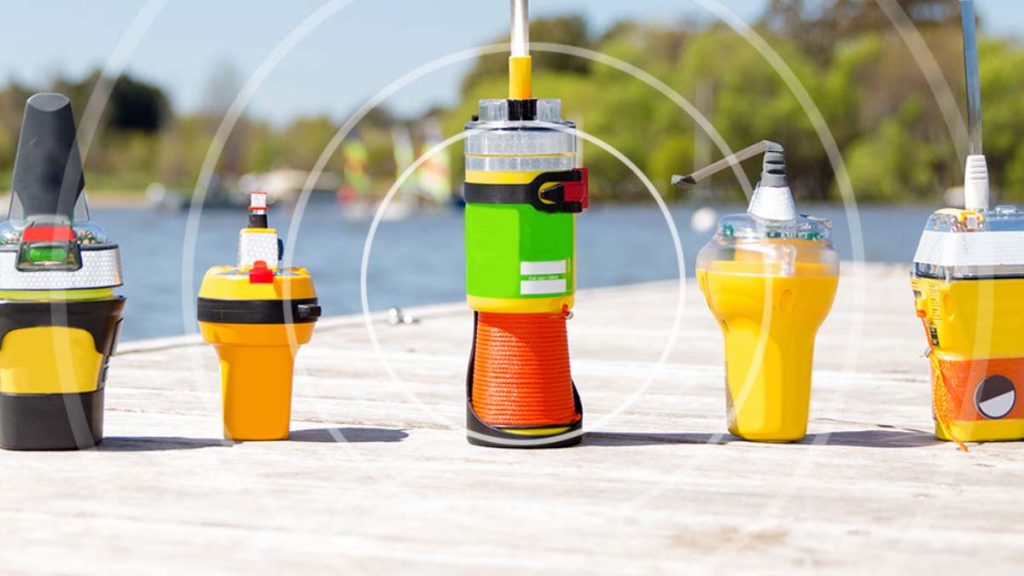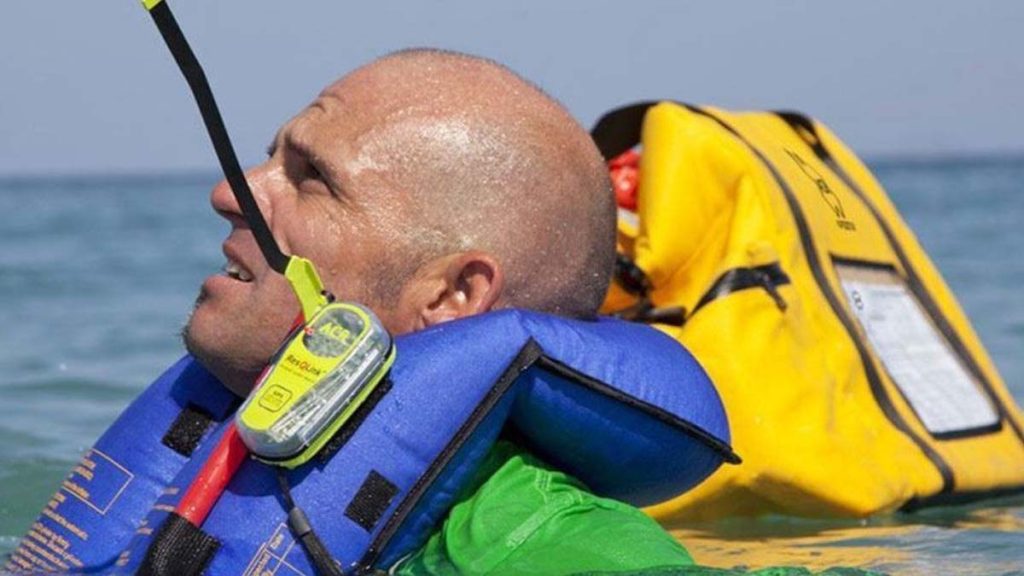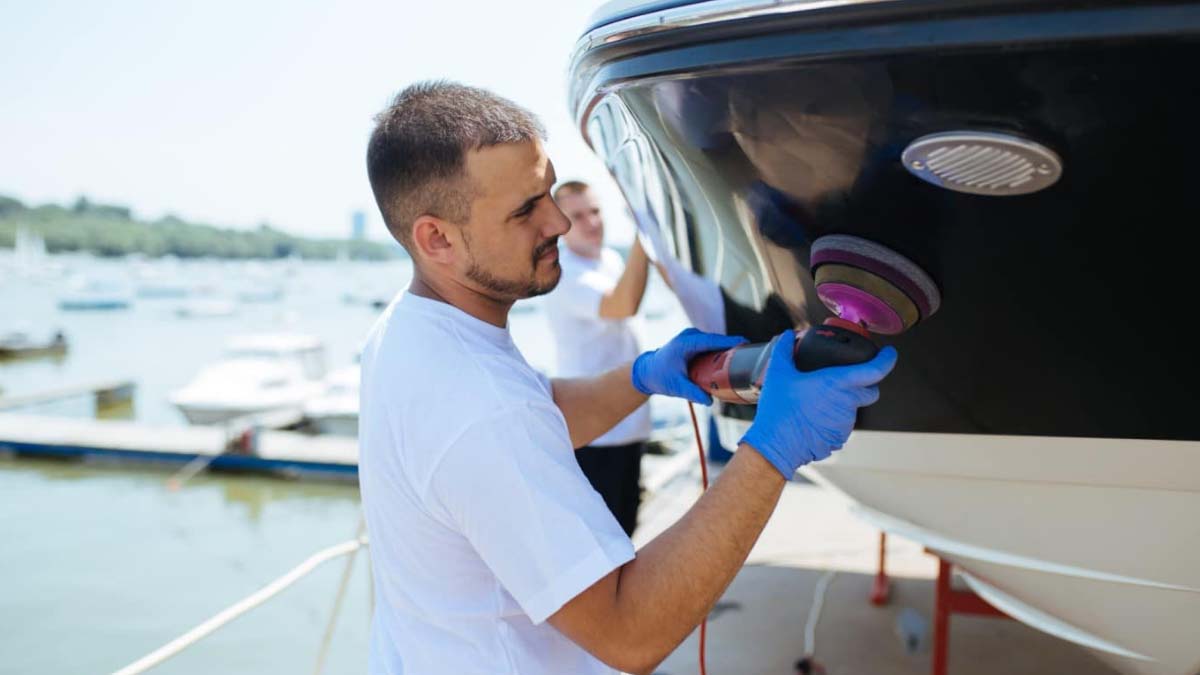
Protecting Our Seas: 10 Green Boating Tips
Protect Victoria’s waterways by maintaining our boats, using eco-friendly products, managing waste responsibly, and educating our crews about sustainable boating practices.
2025 Black Friday sale on now! Save $70 on the boat and jetski online course - was $199 now $129!

When navigating the coastal waters of Victoria, having the right emergency distress beacon can be critical for ensuring a safe voyage. Two commonly used devices for maritime emergencies are the Emergency Position Indicating Radio Beacon (EPIRB) and the Personal Locator Beacon (PLB). Understanding their differences is essential for boaters and outdoor enthusiasts alike, helping them choose the most suitable option for their adventures in Victoria’s waters.

Purpose and Functionality:
EPIRBs are a staple on larger vessels navigating Victoria’s coastal waters. They are registered to specific vessels and can be manually or automatically activated in distress situations. Once activated, EPIRBs transmit distress signals to search and rescue satellites, providing accurate location data to authorities.
PLBs are ideal for individual use during boating excursions along Victoria’s coastline. They are compact, portable devices carried by individuals engaged in various outdoor activities. When activated, PLBs emit distress signals and transmit the user’s precise location to search and rescue teams via satellite. It’s worth noting that PLB’s aren’t yet a safety equipment requirement, and they do not replace the need for an EPIRB when boating in coastal waters.
Size and Portability:
Given their use on larger vessels, EPIRBs are larger and heavier, designed to be securely mounted on board. They feature a buoyant housing to ensure they float if the vessel sinks.
PLBs are smaller and more lightweight, making them easy to carry on one’s person or attach to a life jacket. Their compact size allows for greater mobility and versatility during boating adventures in Victoria.
Activation and Registration:
EPIRBs can be activated manually or automatically, requiring registration with the Australian Maritime Safety Authority (AMSA). During registration, you’ll need to provide accurate vessel information so rescue operations can be effective if required..
PLBs are activated manually and registered under the individual’s name, rather than a specific vessel, with the necessary authorities such as AMSA.
Cost and Maintenance:
While EPIRBs have a higher initial cost and require regular maintenance, they are essential for larger vessels navigating Victoria’s coastal waters.
PLBs are more affordable and have lower maintenance requirements, making them accessible to individual boaters and outdoor enthusiasts exploring Victoria’s maritime environment.

Having the right distress beacon can be a lifesaver in emergency situations. EPIRBs and PLBs each serve unique purposes, tailored to the needs of boaters and outdoor enthusiasts navigating Victoria’s waters. By understanding the differences in functionality, size, activation, and cost between these two devices, individuals can make informed decisions to enhance safety during their maritime endeavors. Whether embarking on a solo voyage or sailing with a crew, having the appropriate distress beacon is paramount for ensuring a safe and memorable experience along Victoria’s picturesque coastline.

Protect Victoria’s waterways by maintaining our boats, using eco-friendly products, managing waste responsibly, and educating our crews about sustainable boating practices.

Welcome aboard as we dive into our guide to ensuring your boat is primed for the diverse challenges and scenic wonders of Victoria’s waterways.